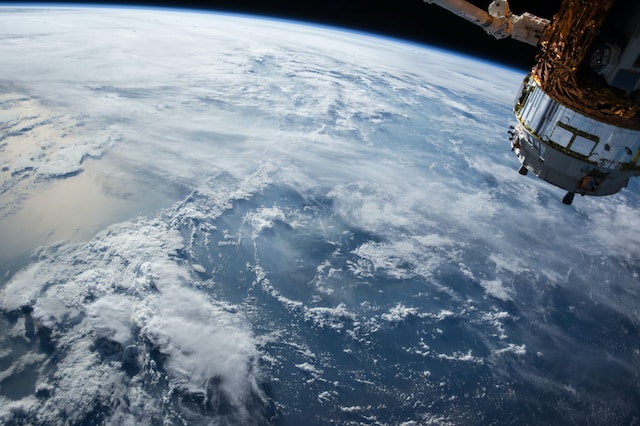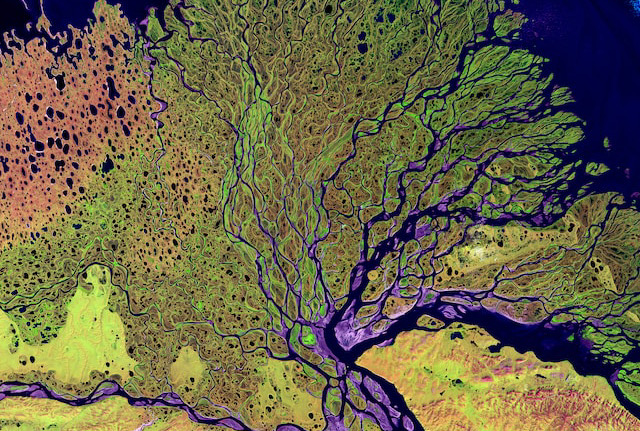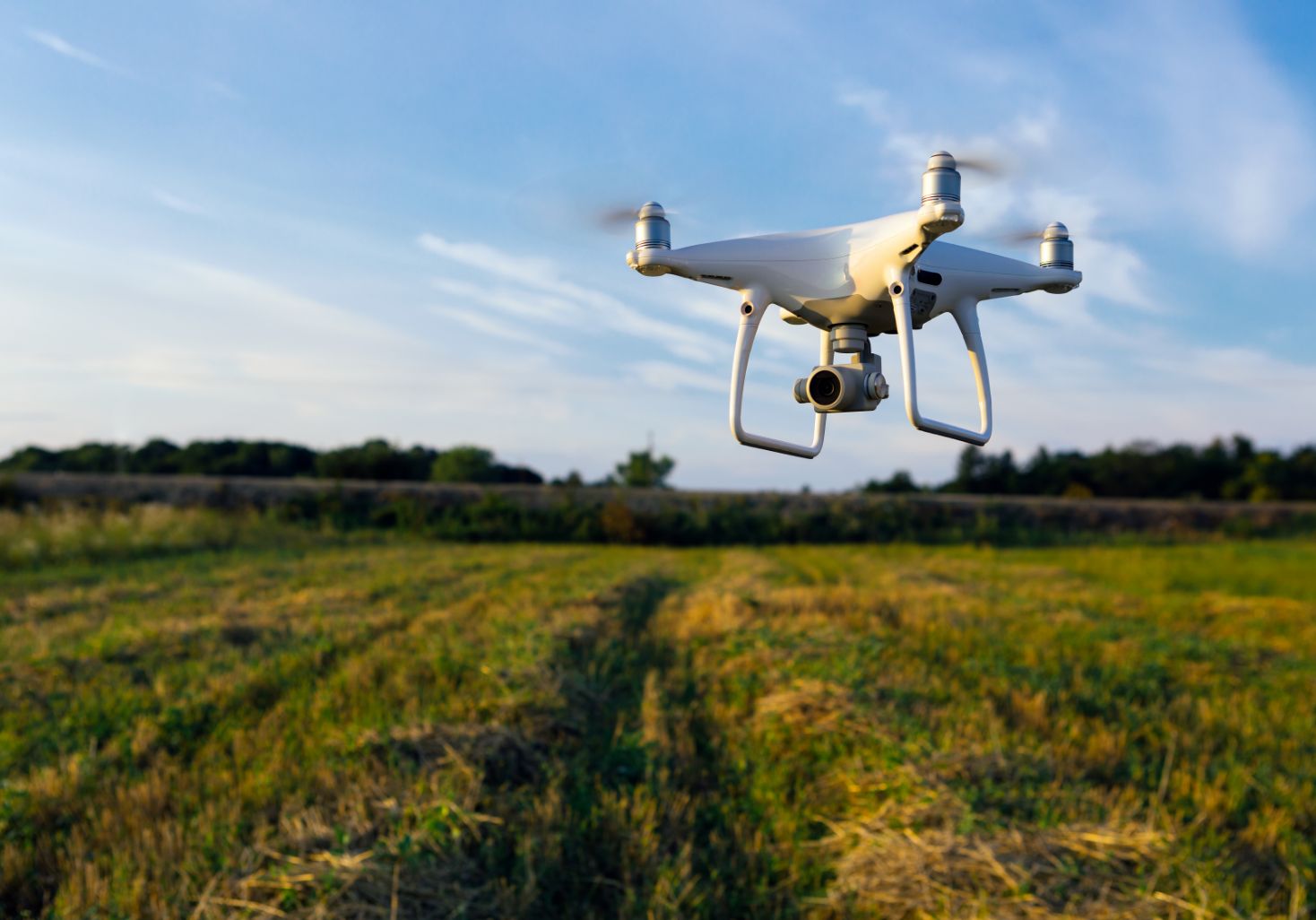Features
ATCOR® can be used out of the box for divers supported sensor systems. The straightforward and user-friendly data import and atmospheric correction makes it usable without expert knowledge about atmospheric compensation.
Features
ATCOR® can be used for various supported satellite and airborne sensor systems to retrieve physical parameters of the earth’s surface, i.e. surface spectral reflectance, emissivity and temperature. ATCOR-3 for satellite sensors and both, flat and rugged terrain, and ATCOR-4 for airborne systems. All ATCOR versions support multispectral, hyperspectral as well as thermal infrared remote sensing data.
Physical surface reflectance retrieval method
Radiation parameters from MODTRAN® radiative transfer model
Temperature and emissivity retrieval for TIR sensors
Aerosol optical thickness estimate by enhanced dark object analysis and dark dense vegetation methods
Topographic illumination correction based on digital surface model
Image-based cirrus and haze removal
Optional nflight radiometric calibration
Built-in standard vegetation products and unsupervised classification
Data visualization, evaluation and basic processing using the build-in GLIMPS tools
De-shadowing of cloud/building cast shadow areas using image-based shade detection routines
Batch processing and mosaicking support
Spectral recalibration for VNIR and SWIR using oxygen band positions
Model based BRDF correction (BREFCOR)
Value added products, e.g. LAI, Albedo, or heat flux
About ATCOR®
During the last decades, space-and airborne sensors have been widely used in different fields such as agriculture, meteorology, Earth sciences, geology, or exploration. Image acquisition is possible for clear and cloudy conditions and in areas difficult to access. Data acquisitions, however, are almost always conducted under conditions which require to thoroughly account for sensor calibration, atmospheric and illumination effects prior to a meaningful retrieval of geo-physical parameters such as surface spectral reflectance*, emissivity and temperature. Our physical approach of atmospheric correction software provides a practical solution to this problem. It improves the analysis of series of images since ground brightness variations caused by varying illumination conditions and atmospheric influences can be compensated.

Advantages of ATCOR®
- Usable without expert knowledge about atmospheric compensation
- Reflectance retrieval consistent over time and solar position
- Enables meaningful time series analyses through coherent reflectance and temperature retrievals
- Allows quantitative index analysis using absolute reflectances
- Supports a wide range of different sensors:
- Spaceborne: Landsat, SPOT, ASTER, Worldview, Pleiades, Planet-Scope, EnMAP, EMIT, PRISMA, Gaofen, Ikonos, Quickbird, RapidEye, VENuS, Sentinel, and many more
- Airborne: AVIRIS-NG, Itres CASI, Specim AISA, NEO Hyspex/Mjolnir, Headwall Hyperspec, Resonon Pika, HyMap, and many more
- Easy definition and addition of new sensors

Alternatives to ATCOR®
ATCOR® is optimized for satellites and higher flight altitudes (i.e. > 2 km above ground). For lower flight altitudes, like typical for drones, DROACOR® can be used.
In comparison to similar software tools (e.g. FLAASH) for atmospheric compensation ATCOR® offers:
- Terrain topographic and illumination correction
- Haze-, cirrus-, and shadow-removal
- Batch processing
- Spectral and radiometric calibration
- model based BRDF correction (BREFCOR)



